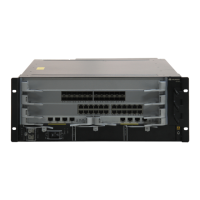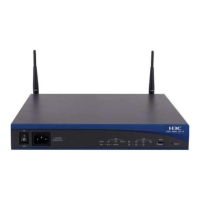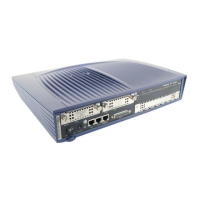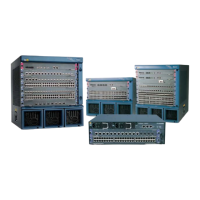8 FTP, TFTP and XModem
Quidway NetEngine20/20E
Configuration Guide - Basic Configurations
8-10 Huawei Proprietary and Confidential
Copyright © Huawei Technologies Co., Ltd.
Issue 05 (2010-01-30)
The router is connected to the FTP server, and the FTP client view is displayed.
Step 2 Perform the following as required.
z
To upload the local files to the FTP server, run:
put local-filename [ remote-filename ]
z
To downloadthe local files from the FTP server, run:
get remote-filename [ local-filename ]
----End
8.4.6 Managing Directories
Do as follows on the router that serves as the client:
Step 1 Run:
ftp [ host [ port-number ] ] [ vpn-instance vpn-instace-name ]
The router is connected to the FTP server.
Step 2 Run one or more commands in the following to manage directories.
z
Run:
cd pathname
The working path of the remote FTP server is specified.
z
Run:
cdup
The working path of the FTP server is switched to the upper-level directory.
z
Run:
pwd
The specified directory of the FTP server is displayed.
z
Run:
lcd
The specified directory of the FTP client is displayed.
z
Run:
mkdir remote-directory
A directory is created on the FTP server.
z
Run:
rmdir remote-directory
A directory is deleted on the FTP server.
----End
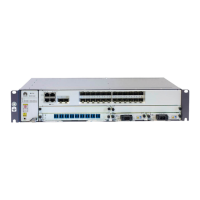
